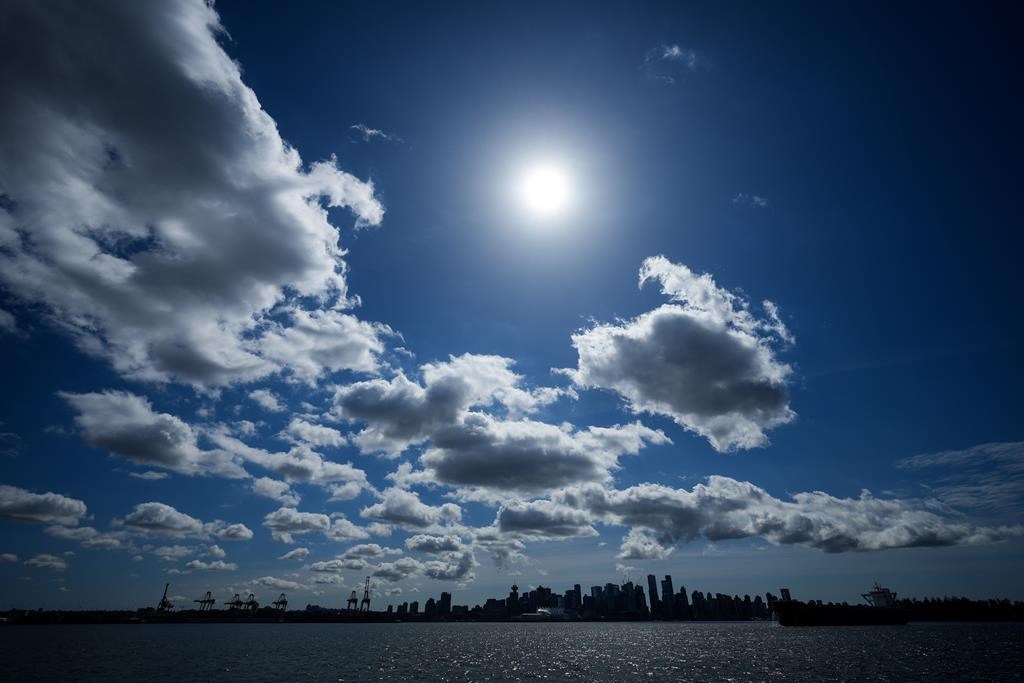MONTREAL — A partial solar eclipse, called an annular eclipse, will be clearly visible in Western Canada this Saturday.
This will make the moon appear smaller than the sun from Earth and a solar ring around the moon will be visible, explains the Canadian Space Agency (CSA) on its website.
Residents of southwestern British Columbia will be in the best place to view this partial solar eclipse on Saturday morning.
The eclipse will begin at 8:08 a.m. local time, peak at around 9:20 a.m. and end at 10:38 a.m. in Vancouver, although the weather forecast could be disappointing for viewers.
Environment Canada is forecasting clouds and showers for much of southwestern British Columbia, where the moon will block 70 to 80 percent of the sun.
This partial solar eclipse will also be visible in Quebec “between 12:11 p.m. and 2:23 p.m.,” the Astronomical Society of the Planetarium of Montreal (SAPM) states on its website.
“In Montreal, the sun will be eclipsed by a maximum of 17% during the eclipse maximum at 1:17 p.m. However, elsewhere in Canada the maximum could be 79%,” it said.
Watch a solar eclipse safely
“During a solar eclipse, wearing filter glasses for observing solar eclipses is essential (international standard ISO 12312-2). Simple sunglasses are not suitable for this type of observation and do not adequately protect the eyes,” reminds the Canadian Space Agency.
“You should not look directly at the sun without adequate protection, otherwise this can lead to serious problems including partial or complete loss of vision,” warns the ASC.
If you don’t have suitable glasses with the necessary filter, the ASC shows on its website how to make a suitable filter using a box.
The next total solar eclipse will be visible in Canada on April 8th. The shadow band of the eclipse’s maximum will then extend over Mexico, the United States and eastern Canada. This time it will be Canadians in parts of Ontario, Quebec, New Brunswick, Prince Edward Island and Newfoundland and Labrador who will have the best views.

